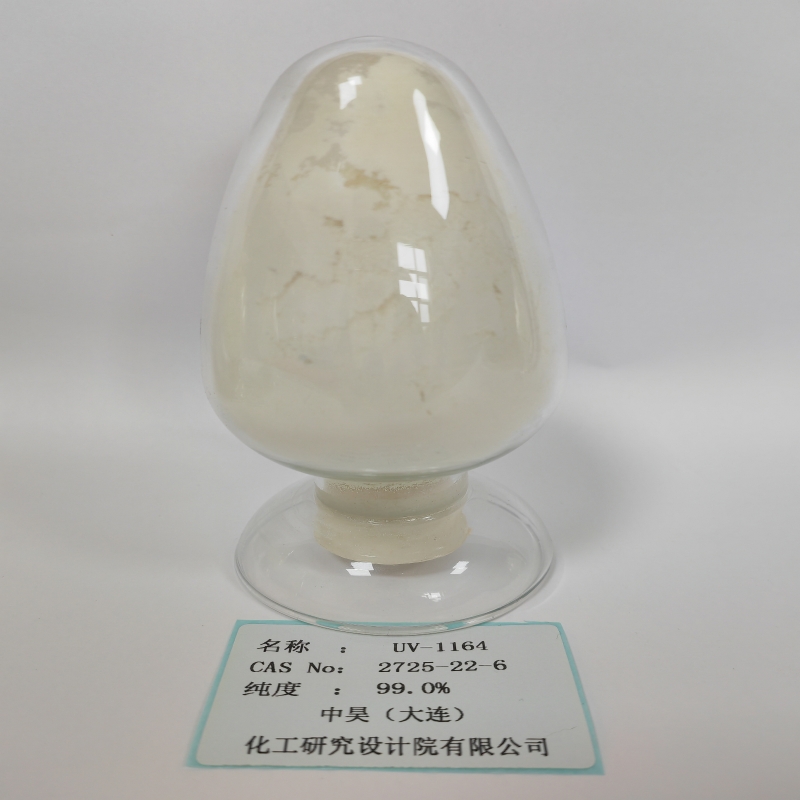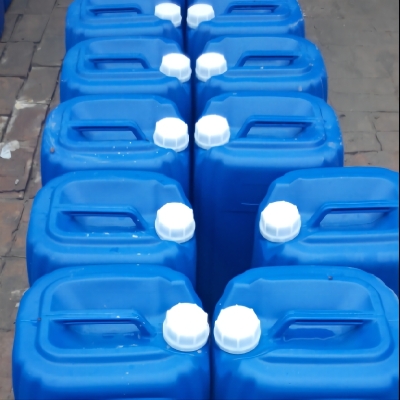-
Categories
-
Pharmaceutical Intermediates
-
Active Pharmaceutical Ingredients
-
Food Additives
- Industrial Coatings
- Agrochemicals
- Dyes and Pigments
- Surfactant
- Flavors and Fragrances
- Chemical Reagents
- Catalyst and Auxiliary
- Natural Products
- Inorganic Chemistry
-
Organic Chemistry
-
Biochemical Engineering
- Analytical Chemistry
-
Cosmetic Ingredient
- Water Treatment Chemical
-
Pharmaceutical Intermediates
Promotion
ECHEMI Mall
Wholesale
Weekly Price
Exhibition
News
-
Trade Service
Global credit rating agency Moody's recently released a report that between 2025 and 2030, the cost of electricity generation for solar and wind energy projects in India can be comparable to coal power
.
"We expect that by 2025, LCOEs for new solar and onshore wind (including battery storage) will be similar to LCOEs for new coal-fired power generation if the former LCOE declines at a CAGR of 8%-16% from the first half of 2020 to 2025, or the LCOE range declines at a CAGR of 4%-9% from the first half of 2020 to 2030," the company said
in a report.
According to an analysis by Bloomberg New Energy Finance, in India and China, the LCOE range (without battery storage) for new photovoltaic (non-track) and onshore wind farms has been similar or lower
than the LCOE range for new coal-fired power plants in the first half of this year.
Coal-fired generating units in India that operate with consistent regulated tariffs or Power Purchase Agreements face far
less risk than their counterparts in China and South Korea.
Demand constraints for coal-fired power generators will bear the brunt of demand constraints in key countries such as China, India, Japan, South Korea and Indonesia, as renewables will play an increasingly important role
in electricity supply given the government's clean energy policies and initiatives, the report said.
Global credit rating agency Moody's recently released a report that between 2025 and 2030, the cost of electricity generation for solar and wind energy projects in India can be comparable to coal power
.
"We expect that by 2025, LCOEs for new solar and onshore wind (including battery storage) will be similar to LCOEs for new coal-fired power generation if the former LCOE declines at a CAGR of 8%-16% from the first half of 2020 to 2025, or the LCOE range declines at a CAGR of 4%-9% from the first half of 2020 to 2030," the company said
in a report.
According to an analysis by Bloomberg New Energy Finance, in India and China, the LCOE range (without battery storage) for new photovoltaic (non-track) and onshore wind farms has been similar or lower
than the LCOE range for new coal-fired power plants in the first half of this year.
Coal-fired generating units in India that operate with consistent regulated tariffs or Power Purchase Agreements face far
less risk than their counterparts in China and South Korea.
Demand constraints for coal-fired power generators will bear the brunt of demand constraints in key countries such as China, India, Japan, South Korea and Indonesia, as renewables will play an increasingly important role
in electricity supply given the government's clean energy policies and initiatives, the report said.







